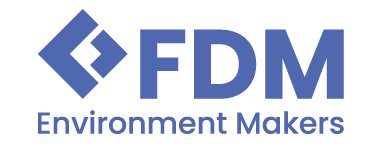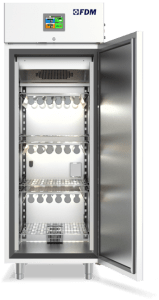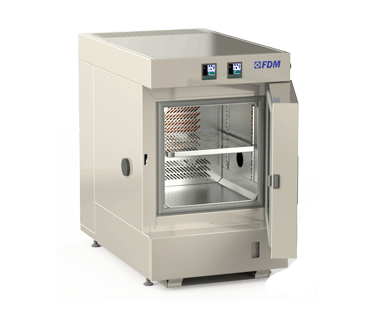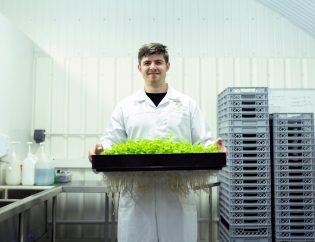
In the vast family of climate chambers, LED Lighting Chambers occupy a special place.
These highly technological laboratory instruments allow precise control of light, an essential parameter for numerous scientific and industrial applications. Used mainly in botanical research, controlled environment agriculture and stability tests, LED Lighting Chambers allow you to simulate natural or experimental conditions with maximum effectiveness.
In today's article we will discover how they are made, how many and which systems they use and what they are used for.
What are LED Lighting Chambers
LED Lighting Chambers are climate chambers equipped with advanced LED lighting systems, designed to reproduce the desired lighting conditions with great fidelity. Unlike traditional lamps, LEDs allow precise control of the spectrum, intensity and duration of the light.
This makes them particularly suitable for simulating day/night cycles, seasonality, or specific environmental stimuli.
The technical structure of a LED chamber includes adjustable lighting modules, PAR intensity sensors, ventilation systems for dissipating residual heat, and control software for programming light cycles.
In addition to light, the LED lighting chamber can be set and adjusted to temperature and relative humidity. The interaction between light, temperature, and relative humidity is calibrated to ensure experimental uniformity and repeatability. Furthermore, LED Lighting Chambers can be customized based on the needs of the type of cultivation or experiment.
Illumination Chamber
Discover the latest features of FDM Growth Chambers.
LED Lighting Chambers: Lighting Systems
The variety of lighting systems available in LED Lighting Chambers is one of the main strengths of this technology. Each system is designed to meet specific scientific or production needs.
The system with adjustable spectrum allows you to select specific wavelengths, such as red (660 nm), essential for photosynthesis and flowering, or blue (450 nm), essential for vegetative growth. This selection capability allows scientists to replicate natural or simulated light conditions, thus influencing the metabolic mechanisms of plants.
Another common system is the high-intensity light system, particularly suitable for rapid-cycle crops or light stress studies. The intensity can vary from 150 to 500 μmol/m²/s, with uniformity control within ±10% over the entire surface of the chamber.
Finally, there are lighting systems that include UV-A and far-red light bands, used in studies on medicinal plants. These systems allow advanced experimentation, for example on the induction of the production of secondary metabolites.
What are LED Lighting Chambers Used For
LED Lighting Chambers are used in numerous industrial and research sectors.
In the field of agronomic research, for example, they are essential for studying the behavior of plants in controlled conditions, improving the productivity and resistance of crops. Here you can read an article about tree crops and the LED lighting chamber that FDM - Environment Makers has specifically designed for the University of Turin.
In the pharmaceutical sector, these chambers allow to grow medicinal plants with constant characteristics, guaranteeing the quality of the active ingredient.
Also in the food sector, LED Lighting Chambers are used to simulate storage and transport scenarios, testing the stability of photosensitive products.
Finally, the materials and cosmetics industry uses these chambers to test accelerated aging under controlled light, evaluating the duration and stability of the products.
You cannot find the ideal chamber for your test?
Create your own environment, according to any test requirement
The FDM LED Lighting Chamber
For over 70 years, FDM - Environment Makers has been a leading company in the field of environmental simulation, including the design and production of LED Lighting Chambers.
Our LED Lighting Chambers meet all the requirements to be used in the above-mentioned sectors and can be designed in collaboration with the customer to meet specific needs, as we did with the University of Turin.
Download the White Paper below to learn more.
Would you like to receive a quote or do you have questions about the product?
Contact us to receive more information about this Product.
